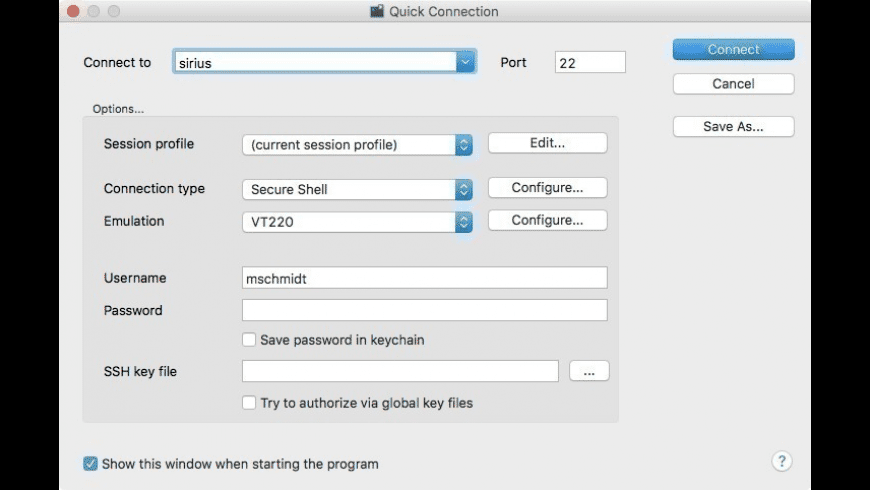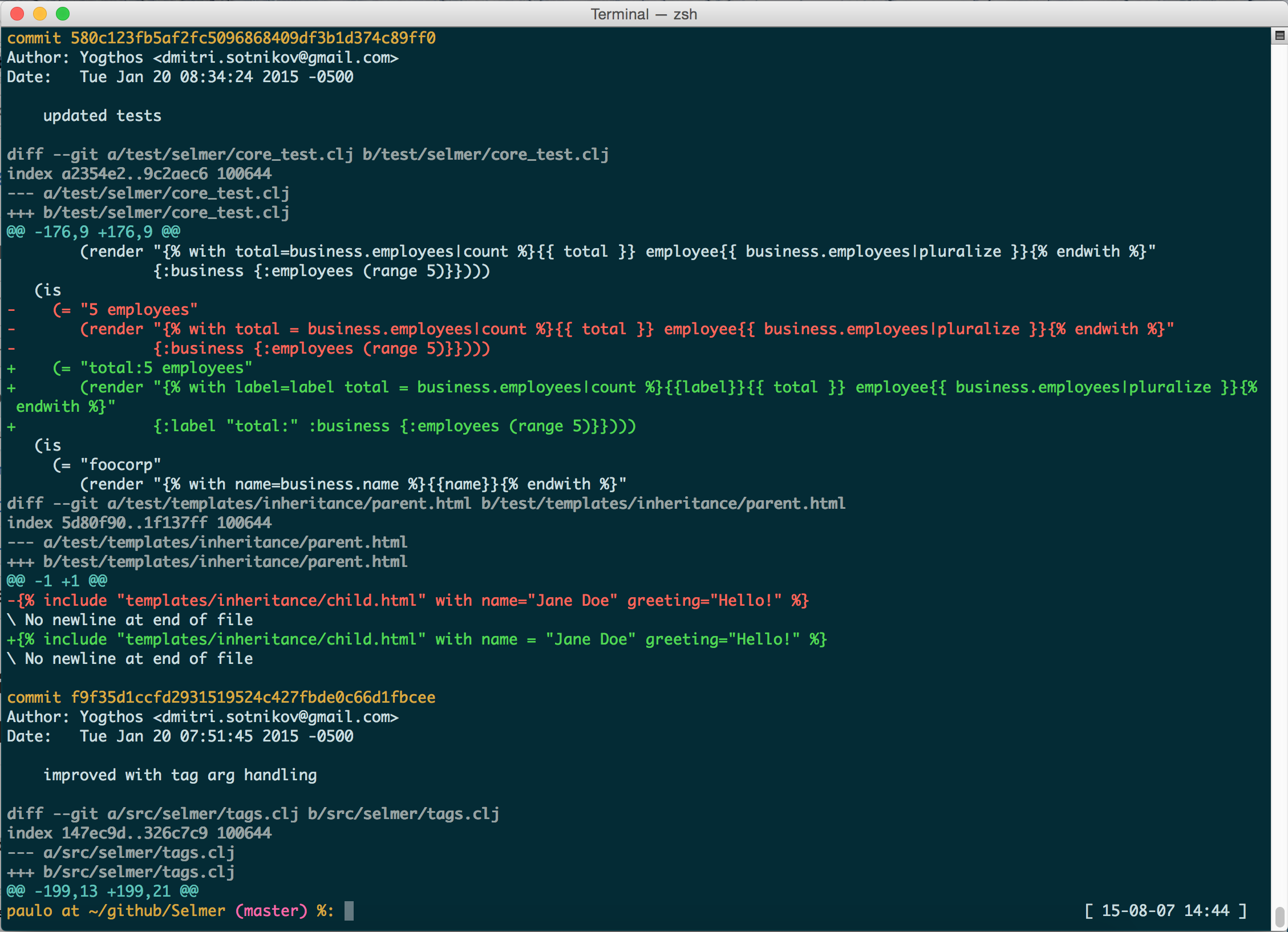
- #CUSTOMIZE MAC OS X TERMINAL HOW TO#
- #CUSTOMIZE MAC OS X TERMINAL FULL#
- #CUSTOMIZE MAC OS X TERMINAL PASSWORD#
You can change only the columns, or only the rows, or both. You don’t need to change both the columns and rows. The changes you’ve made will be immediately visible. NOTE: this will force a Launchpad restart. Type in: defaults write ResetLaunchPad -bool TRUE killall Dock Replace “#” with a number.ĮXAMPLE: if you want the layout to have 5 rows the command will be defaults write springboard-rows -int 5Ĥ.

NOTE: this will change the number of rows displayed in Launchpad. Type in: defaults write springboard-rows -int X Replace “#” with a number.ĮXAMPLE: if you want the layout to have 3 columns the command will be defaults write springboard-columns -int 3.ģ. NOTE: this will change the number of columns displayed in Launchpad. Type in: defaults write springboard-columns -int # And the beautiful thing is that you don’t need any third party app to do it.Ģ. You can change the number of columns, or number of rows, or both. But, of course, you can customize the layout to your liking.
#CUSTOMIZE MAC OS X TERMINAL HOW TO#
Check out this tutorial to learn how to completely uninstall Mac apps ). Say we have two files named abcd.txt and abce.You can find all your apps there, you can swipe back and forth through app pages, place apps in folders and click and hold on an app icon until it starts “jiggling” to delete the app ( don’t uninstall Mac apps like that. Here is an example from stack overflow that explains it. This means that the word will be partially completed up to the point where there is ambiguity AND will print all completions in one step. If set to ‘on’, words which have more than one possible completion cause the matches to be listed immediately instead of ringing the bell. This alters the default behavior of the completion functions. show-all-if-ambiguous is a little more interesting, here is the description of the setting from its man page: What this means it that both des and Des will result in autocompleting to Desktop/. The completion-ignore-case is fairly straightforward, when it is set to on it will ignore letting casing for autocompletions. The final portion, the settings we change.

inputrc file is just a configuration file that holds some customization variables for our terminal. This will allow us to edit the final part of our command. The next portion is nano, which is just a simple command line text editor.

The command is from Linux/Unix systems and more info can be found here.
#CUSTOMIZE MAC OS X TERMINAL FULL#
sudo gives us full access to a file, think of it being similar to running a program/file in windows as an administrator. The command sudo nano ~/.inputrc has 3 parts to it.
#CUSTOMIZE MAC OS X TERMINAL PASSWORD#
Enter the command sudo nano ~/.inputrc and enter your password when prompted.To turn on autocomplete in Mac Terminal do the following steps: It comes immensely useful when the folder name contains space and couple of words.īoth Linux and Windows OS have this feature turned on by default, unfortunately in OS X, this feature is turned off by default. This feature will speed up your workflow completing a lot of commands for you.

Autocomplete will fill in the rest of your command with available options when you press the tab key while typing. One of the most useful features when navigating through files and folders in the terminal is autocomplete.


 0 kommentar(er)
0 kommentar(er)
